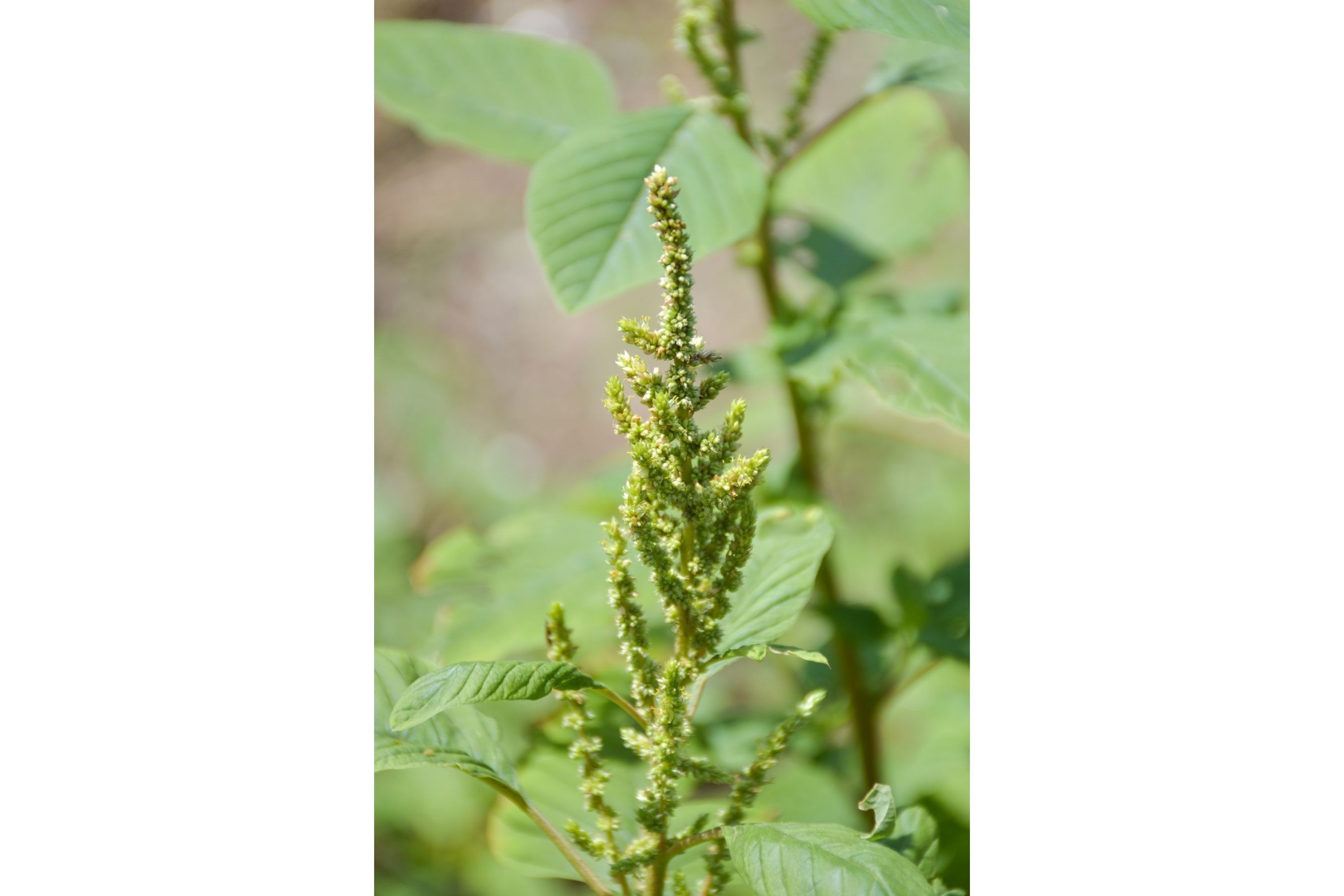Guernsey pigweed
(Amaranthus blitum)

Description
Amaranthus blitum, commonly called purple amaranth or Guernsey pigweed, is an annual plant species in economically important plant family Amaranthaceae. Native to the Mediterranean region, it is naturalized in other parts of the world, including much of eastern North America. Although weedy, it is eaten in many parts of the world. The Greeks call the Amaranthus blitum var. silvestre, vlita (Modern Greek: βλίτα), and eat the leaves and the tender shoots cooked in steam or boiled and then served with olive oil, lemon and salt. Similarly, it is also picked as young shoots in Lebanon and cooked in olive oil, onion, chilli, and burghul, seasoned with salt and drizzled with lemon juice before eating with pita bread. It is considered a side dish and particularly popular in the north of Lebanon. Amaranthus, collectively known as amaranth, is a cosmopolitan genus of annual or short-lived perennial plants. Some amaranth species are cultivated as leaf vegetables, pseudocereals, and ornamental plants. Most of the Amaranthus species are summer annual weeds and are commonly referred to as pigweed. Catkin-like cymes of densely packed flowers grow in summer or autumn. Approximately 60 species are recognized, with inflorescences and foliage ranging from purple, through red and green to gold. Members of this genus share many characteristics and uses with members of the closely related genus Celosia. "Amaranth" derives from Greek --------- (am-rantos), "unfading", with the Greek word for "flower", ----- (-nthos), factoring into the word's development as amaranth. The more accurate amarant is an archaic variant.
Taxonomic tree:







